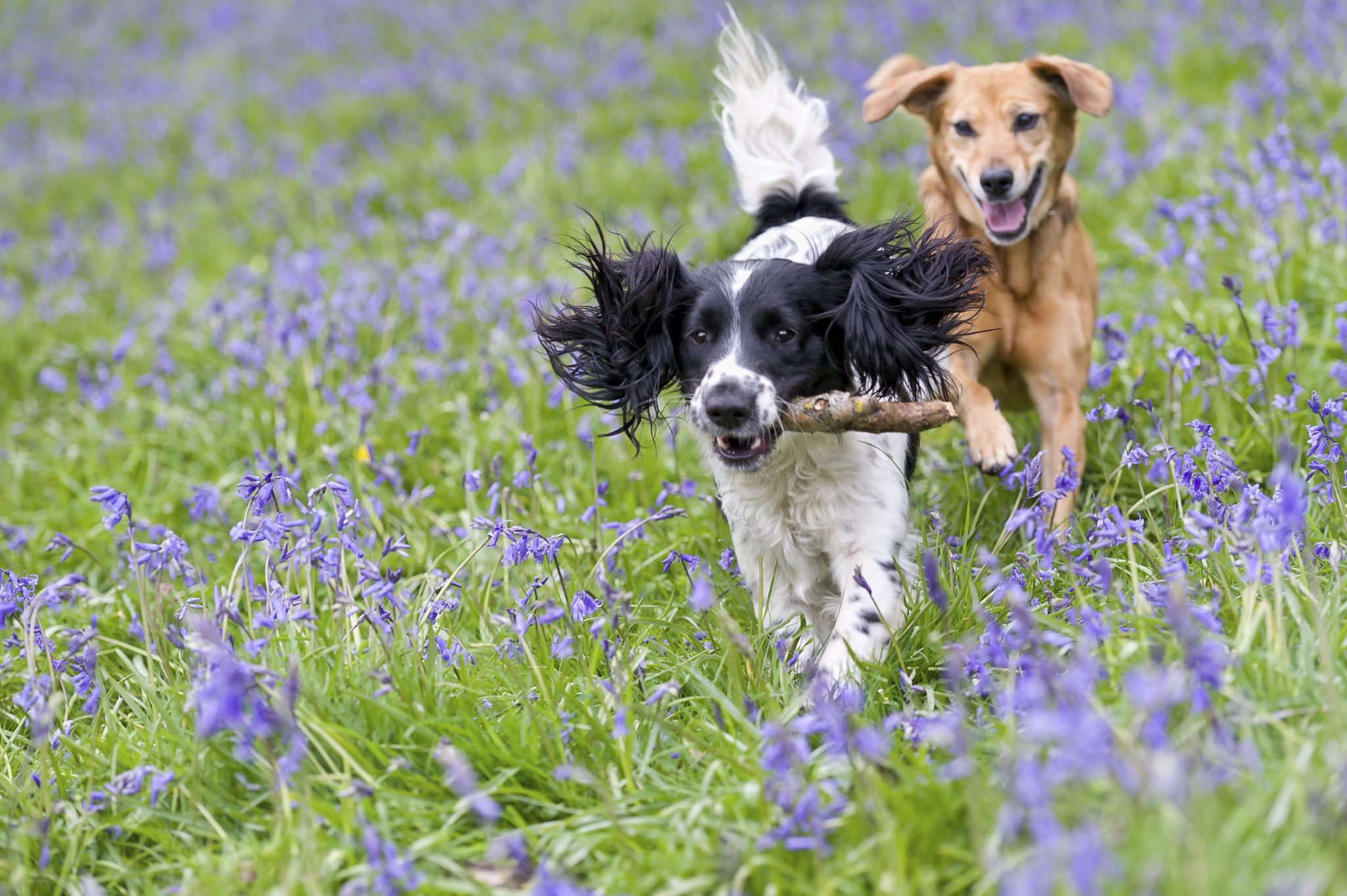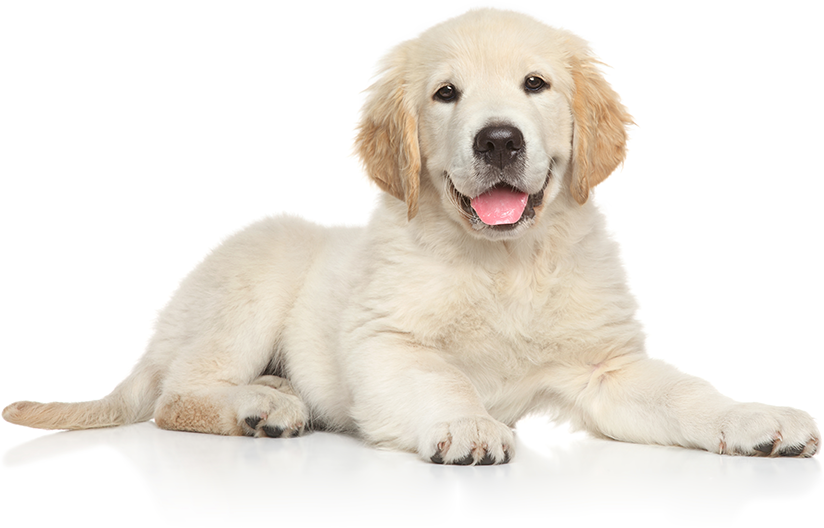
Apr 15, 2021 | By, For Pet's Sake
5 spring dangers that could cause health issues in your pet
You probably associate the spring season with positivity and new beginnings, a fresh opportunity to enjoy yourself after a winter indoors. Not to mention, more than a year has passed since the COVID-19 pandemic shut everything down and ruined your 2020 spring plans.
Before you embark on an adventure, there are some potential dangers to observe when you spend time with your pets this spring. Here are the top five potential dangers that could jeopardize your pet’s health.
Poisonous plants
Dogs get the news of the neighborhood through their sense of smell. Some breeds have hundreds of millions of scent receptors in their noses, compared to about 5 million in humans. Sometimes your dog’s sense of smell can lead them to some bad news, though. During a season in which many plants start to bloom, you’ll need to be vigilant about what you allow your dog to smell, dig up, and eat.
Plants that are off-limits include tulips, daffodils, Narcissus, and hyacinths for dogs, and lilies and crocus plants for cats.
Spring allergies
With all the plants blooming, allergies abound during the spring. This goes for humans as well as pets. Here are some of the symptoms you might notice in your pet if they have seasonal allergies.
- Excessive scratching and biting of the skin
- Red, inflamed skin
- Excessive shedding
- Paw licking
- Scooting their butt along the floor
- Recurring ear infections
- Difficulty breathing
- Coughing and wheezing
You have a few different options for treating your pet’s allergies. You can try to avoid the allergen altogether, but that’s often only effective if your pet is allergic to specific foods. Seasonal allergies are best treated with antihistamines, corticosteroids, or hypoallergenic shampoo. You might also try allergy shots if you want to take a more aggressive approach to stopping your pet’s allergies.
Public parks
Parks are a great place to enjoy the sunny weather and give your pet some exercise. However, you assume the risk of your pet catching diseases anytime you go to public parks.
Leptospirosis is a fairly common one because it spreads through infected urine, which can contaminate puddles of water or soil. Giardia is another disease that can spread easily when your pet meddles with infected stool. Make sure your pet is current on all vaccinations before you go to public areas because these immunizations will help prevent many infections before they start.
Fertilizers
While upkeep is an integral part of maintaining beautiful public facilities, some of the methods for doing so can be dangerous to your pets. Fertilizers may contain all sorts of chemicals, pesticides, and herbicides that could poison a curious animal. Watch out for signs of poisoning like nausea, vomiting, or difficulty breathing. Also, try to allow your pet off-leash only in areas that are specifically designated for pets.
Wild animals
Warmer weather means all kinds of wild animals are emerging from their dens to enjoy and hunt. Coyotes, bears, and cougars normally roam in wooded, unpopulated areas, but sometimes they can wander into suburban areas. If you live in the wilderness or an area with warnings about predatorial animals, beware of these threats as you walk your dog or allow your pets outside alone.
Smaller animals like squirrels and rabbits can be indirectly dangerous because they may distract your pet from cars in the roadway. Whenever possible, keep your pet on a leashed or within sight to avoid any accidents.
A final note: Talk with your veterinarian and check your pet’s records to make sure they are up to date on all their vaccinations. Prevention is always the best medicine for any danger, and it’ll give you peace of mind as you watch your pet romp around this spring.
Have a question about pet health? Want to become the best possible pet parent? Find helpful tips, reminders, and insight to giving your furry friend the best possible care with For Pet’s Sake! Learn more at drdevonsmith.com.

